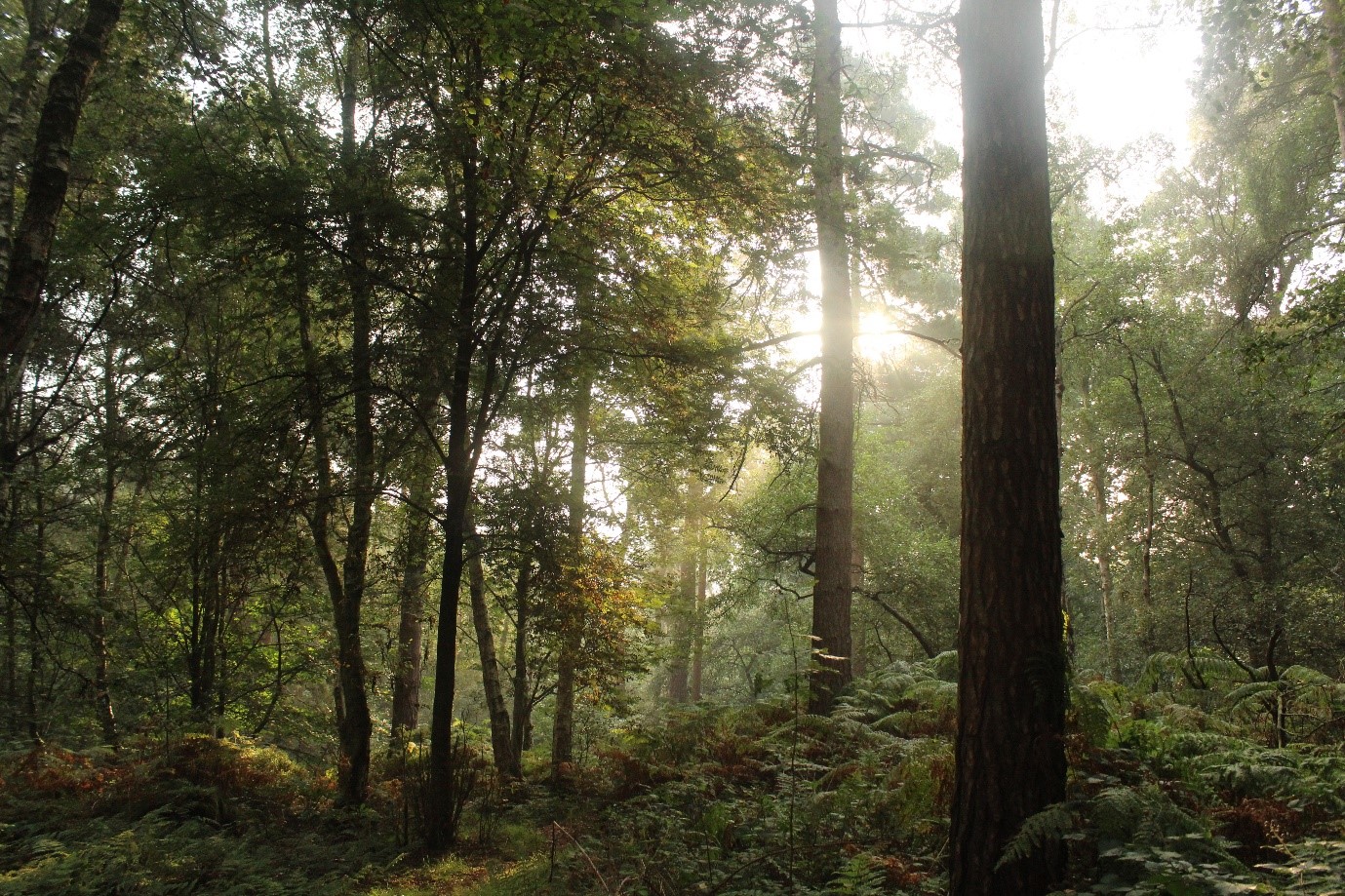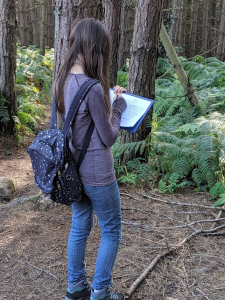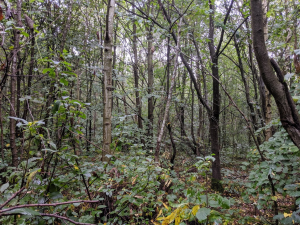
October 8, 2019, by lzzeb
Bird diversity and mining
Lucy Benniston writes about her undergraduate dissertation research…
After months of searching through old maps, emailing landowners and researching local history, in August I finally had a list of woodland sites I would be able to sample. For my dissertation research I would be visiting 15 different woodlands in Derbyshire and Nottinghamshire to record the bird species that they support, in order to ascertain if there is a difference in bird communities between woodlands that have been planted on coal spoil from deep mining activities, those on filled in and reclaimed opencast sites, and woodland growing on land that has not experienced this sort of disturbance.
According to the Northern Mine Research Society, at the time of nationalisation in 1947, there were 49 collieries in Nottinghamshire and 68 in Derbyshire, all of which are now closed and have either been reclaimed to farmland or woodland, or demolished and the land left derelict. These sites open up the opportunity to create a mosaic of woodland, wetland and scrubland habitats, in an area where the majority of land use is either farmland or urban. However, very little research has been carried out to assess the impact that different mining regimes, and their reclamation, may have had on the biodiversity of birds in the resulting woodland.
The nature of sampling birds is a tough one. They are most active early in the morning when they sing in the dawn chorus, therefore waking up before 5am in order to travel to sites and start sampling at 6am has not been uncommon. In addition to this, vegetation particularly in younger and more dense woodlands limits the ability to identify species by sight, meaning learning bird songs and calls were necessary for this fieldwork. Whilst many species have quite distinctive songs, calls can be harder to recognise, especially in closely related species.
Living local to the study area and several of my fieldwork sites, this research has been a long time coming. Many years ago, I used to wonder why our local woodland was dark and dense, not at all like the older woodlands of Sherwood and the Dukeries. I later discovered that in the 1980’s the area was the site of a 500-acre opencast site, making the woodland less than 40 years old. Seeing this woodland mature over time made me wonder if it would one day look like – and support as many bird species as – the older woodlands of the area appear to, or if its origins make it inherently different?
With reclamation of collieries and opencast sites still ongoing, and urban expansion threatening to engulf this land of the industrial past, it is increasingly important to understand the significance of these woodlands to bird biodiversity both now, and in the future.

Recording vegetation present at another point at Shining Cliff, after recording bird species present.

Young woodland on the reclaimed Godkin opencast site, an area mined in the 1980’s. The trees here are mostly Alder, Birch and Willow.
No comments yet, fill out a comment to be the first

Leave a Reply